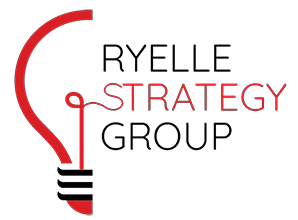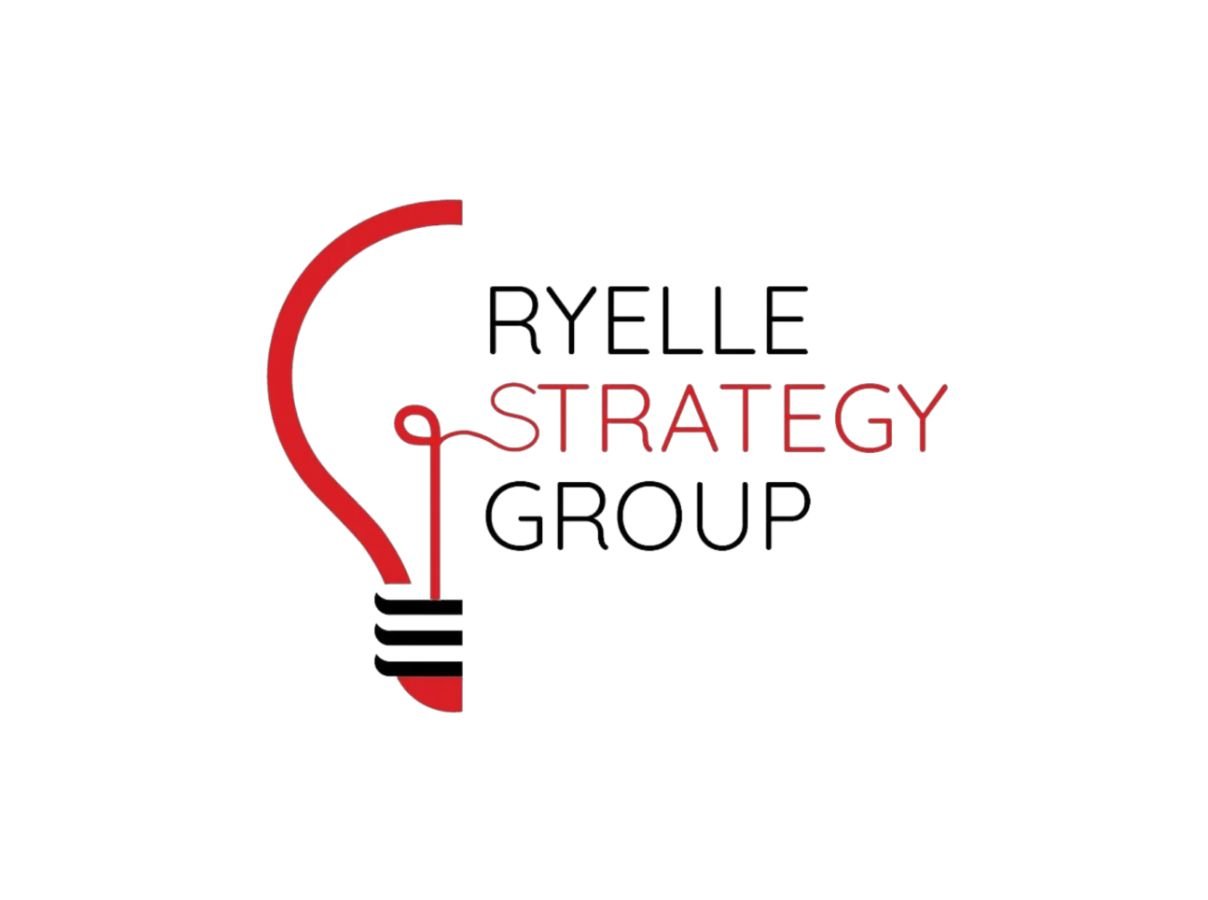If there is one thing we’ve re-learned over the past few years, it’s that change is constant, whether we like it or not. The COVID-19 pandemic has often been credited for being the catalyst of changing the way we work, but it was only a reminder of how quickly people can adapt when they need to—and how resilient they can be.
Today, adaptability and resilience are required on a regular basis. Market volatility has made strategic transformations essential for some industries to survive. Critical and topical initiatives like equity and inclusion, digital transformation and building a future-proof workforce represent massive shifts, particularly for organizations where culture has remained unchanged in decades.
Here is where organizational transformation comes in. As organizations coast to coast in Canada and around the world face external pressure to innovate and remain relevant, as well as internal pressure to improve workplace culture and nurture talent, leaders now find themselves at a crossroads. There certainly isn’t a dull moment in the new, redefined roaring twenties we’re currently living in, where organizations are increasingly defined by their ability to identify changing market demands, redefine their vision and execute that transition.
Why it’s So Hard
Any type of change is hard—that’s a fact. Among organizations, approximately 70% of all change initiatives fail.[1] If you are having trouble, remember that you are not alone. Here are some examples of change scenarios illustrating why strategies may not progress past the implementation phase:
- The transformation is mentioned once or twice at an all staff meeting and never mentioned by anyone ever again.
- This the third leader the team/organization has had in three years. Teams are too focused on trying to keep their jobs to get excited about this new vision.
- There’s a high degree of comfort in established processes and relationships and absolutely no compelling reason for staff to make any changes to that.
- The organization has identified a strategic shift in one direction but every single structural component (unit business plans, operational goals, employee performance metrics, incentive structures) are focused in another direction.
- Staff are exhausted and have no bandwidth to lead, implement or even entertain a change of any kind.
Why it Matters
Every organization faces the need for change at some point. However, transformation doesn’t happen overnight. Whether your organization is looking at a complete strategic shift or the implementation of a new procedure, change is a long game. It’s about the collective commitment, communication, and collaboration to see it through until it’s done.
Reasons for Organizational Transformation
A great cultural reset can be mission-critical if you’re facing a number of challenges. If you aren’t sure if change is on the horizon for your organization, ask yourself:
- Are employee turnover rates at an all-time high?
- Are your revenue outcomes consistently underperforming while competitors continue to eat into your market share?
- Are you still using legacy technology that is no longer being updated, with workarounds costing twice as much as implementing a new system?
- Are the values of employees and other stakeholders evolving but aren’t reflected anywhere in your current organizational structure?
When done right, organizational transformation has the power to redefine a sustainable future, encourage a culture that supports it and usher you to a new era of growth and industry leadership.
Benefits of Organizational Transformation
If your organization is at a critical juncture, it’s helpful to consider the critical outcomes that can be achieved and continuously leveraged directly through organizational transformation initiatives:
- Your organization will have the necessary infrastructure to enable seamless collaboration among stakeholders who have all bought into a renewed, shared vision. Employees are not simply working for you, but with you, and are continuously encouraged to adopt a collaborative mindset.
- Multi-faceted priority growth areas are met as a result of adopting new processes, tools, and strategic frameworks. A “transformed” organization is increasingly agile and responsive to evolving market or sector demands, with flexibility and adaptability being core collective competencies that enable teams to achieve various goals and bridge gaps in current delivery of value to stakeholders.
- The “future of work” is achieved through a productive people and culture reset. Through a commitment to well-being and ongoing professional development, organizational transformation empowers teams to become champions of change. A highly skilled and resilient workforce can lead the charge in operationalizing strategy through high-performance execution that yields crucial results.
Before undertaking this process, it’s important to establish a solid foundation for change. Initiating organizational transformation begins with bringing all stakeholders to the table—beginning with leaders who typically start the conversation to frontline staff who will be carrying out this new mission. This process requires a 360-degree view of the organization’s current vision, work structures and results generated in order to deliver on shared goals.
Why You Should Start Now
The lessons learned from the last few years have illustrated how organizations and entire industries are now at a critical period. To evolve means to survive in an increasingly competitive market, with the support of the people that work to make it possible. Transforming the way our organization works is the key to achieving this, setting up for a successful future.
As you’ve seen, organizational transformation goes beyond initiating a change management strategy when innovating one process that affects how certain teams work. Rather, it’s a complete reset of everything we know about doing business and leading in the age of disruptive innovation. Leaders who recognize this need today and take steps towards transformation will be rewarded with: (1) low employee turnover and increased commitment to a shared vision, (2) higher revenue and an expanded footprint, (3) innovative offerings, (4) agile processes and technologies (5) and an overall stronger future.
If your organization is facing pressures to innovate or challenges in boosting employee retention and nurturing talent, you need an organizational transformation strategy to navigate this changing landscape. The Queen’s IRC Organizational Transformation program at the can help you prepare and equip you with the necessary tools, frameworks and approaches for transforming the way you work.




